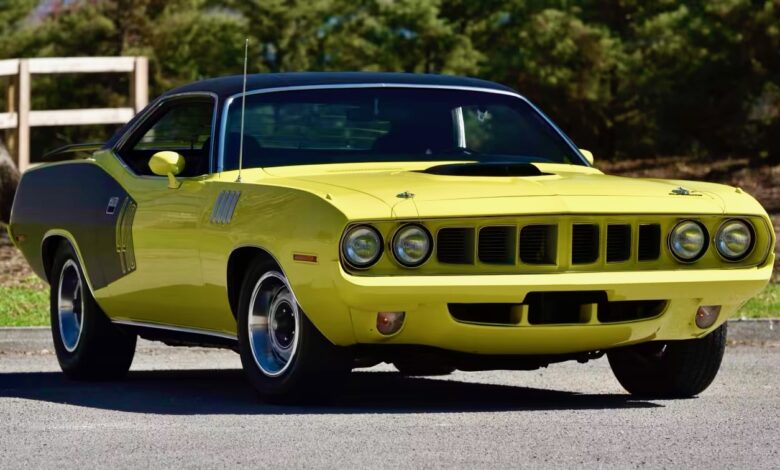
Get ready for a blast from the past as one of the rarest American muscle cars, the 1971 Plymouth ‘Cuda Hardtop 440, gears up to steal the show at Mecum Indy 2024 on Friday, May 17th. With only 129 of its kind ever rolling off the assembly line, this ‘Cuda is not just a car; it’s a piece of automotive history.
Under the hood lies the heart of a true muscle machine: a monstrous 7.2-liter (440 cubic-inch) big-block RB V8 engine equipped with three 2-barrel carburetors. This powerhouse was the pinnacle of performance in 1971, offering a perfect blend of street-ready manners and raw power. It also marked the last year of the 440 in the Cuda. Paired with a smooth-shifting TorqueFlite 727 automatic transmission, this ‘Cuda delivers an exhilarating driving experience that will leave any enthusiast grinning from ear to ear.
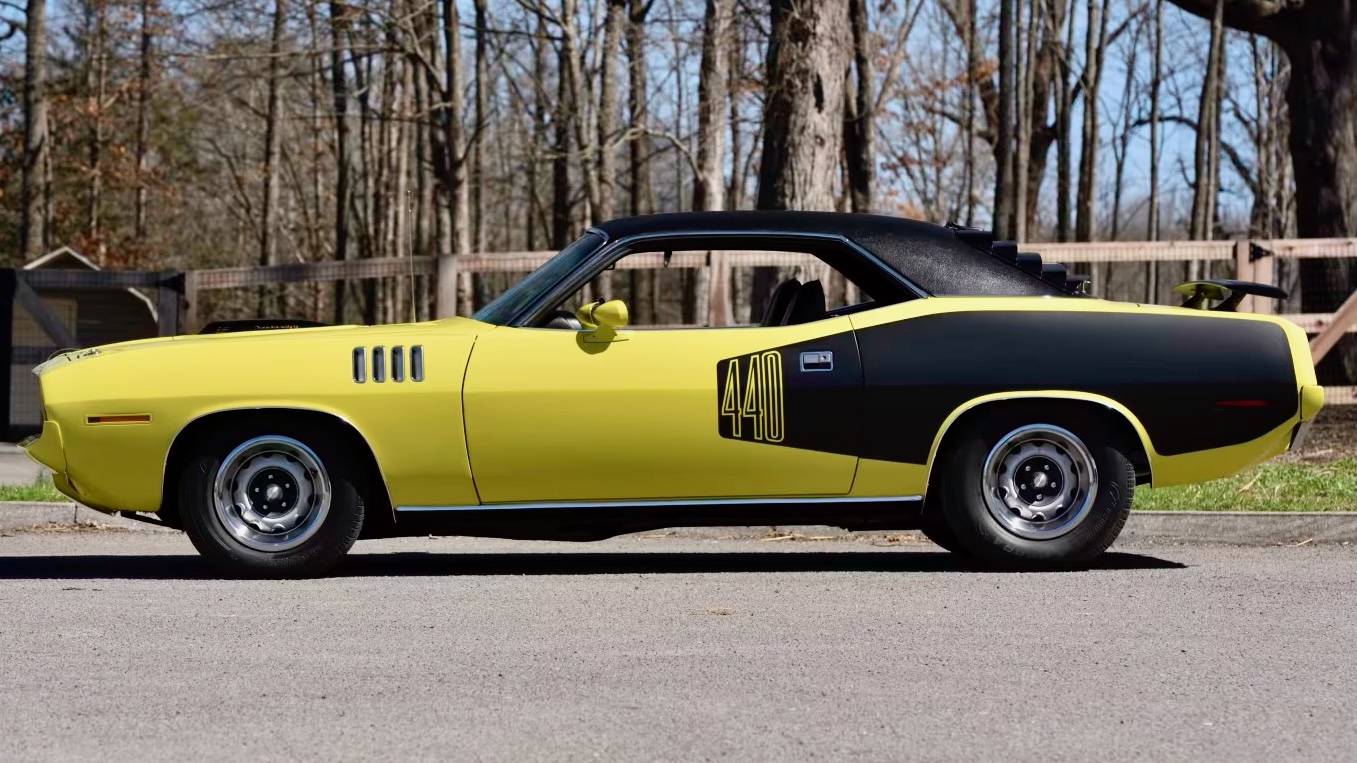
Painted in eye-catching Curious Yellow with a sleek black vinyl top, this ‘Cuda demands attention wherever it goes. Its iconic Shaker hood with hold-down pins, rear spoiler, and chrome exhaust tips add to its aggressive appearance, while the added rear window slats give it a touch of retro charm.
Slide into the cockpit, and you’ll find yourself surrounded by classic ’70s style. The Black bucket seats, center console, and Rallye instrument cluster with tachometer transport you back to the golden age of muscle cars. And with the upgraded 15-inch Rallye wheels and tires, this ‘Cuda is ready to hit the streets in style.
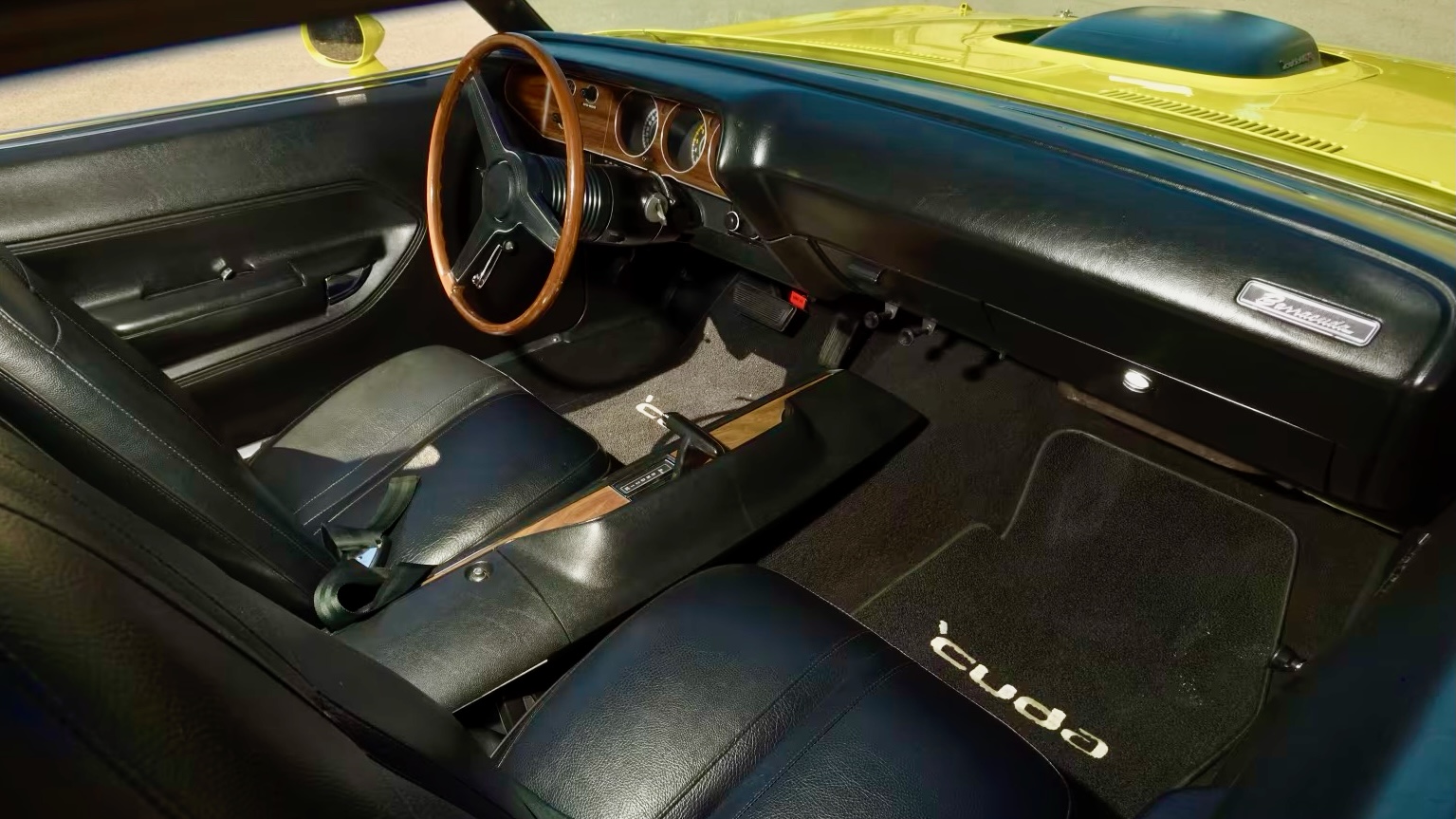
Options include the following:
- Elastomeric Bumpers (A22)
- Color-Keyed Mirrors (G36)
- Rear Spoiler (J81)
- Curious Yellow (CY3)
- Black Factory Billboard Graphics (V6X)
- Shaker Hood (N96)
- Black Bucket Seats (H6X9)
- Rallye Instrument Cluster (A62)
- Light Group (A01)
- Chrome Exhaust Tips (N42)
- Center Console (C16)
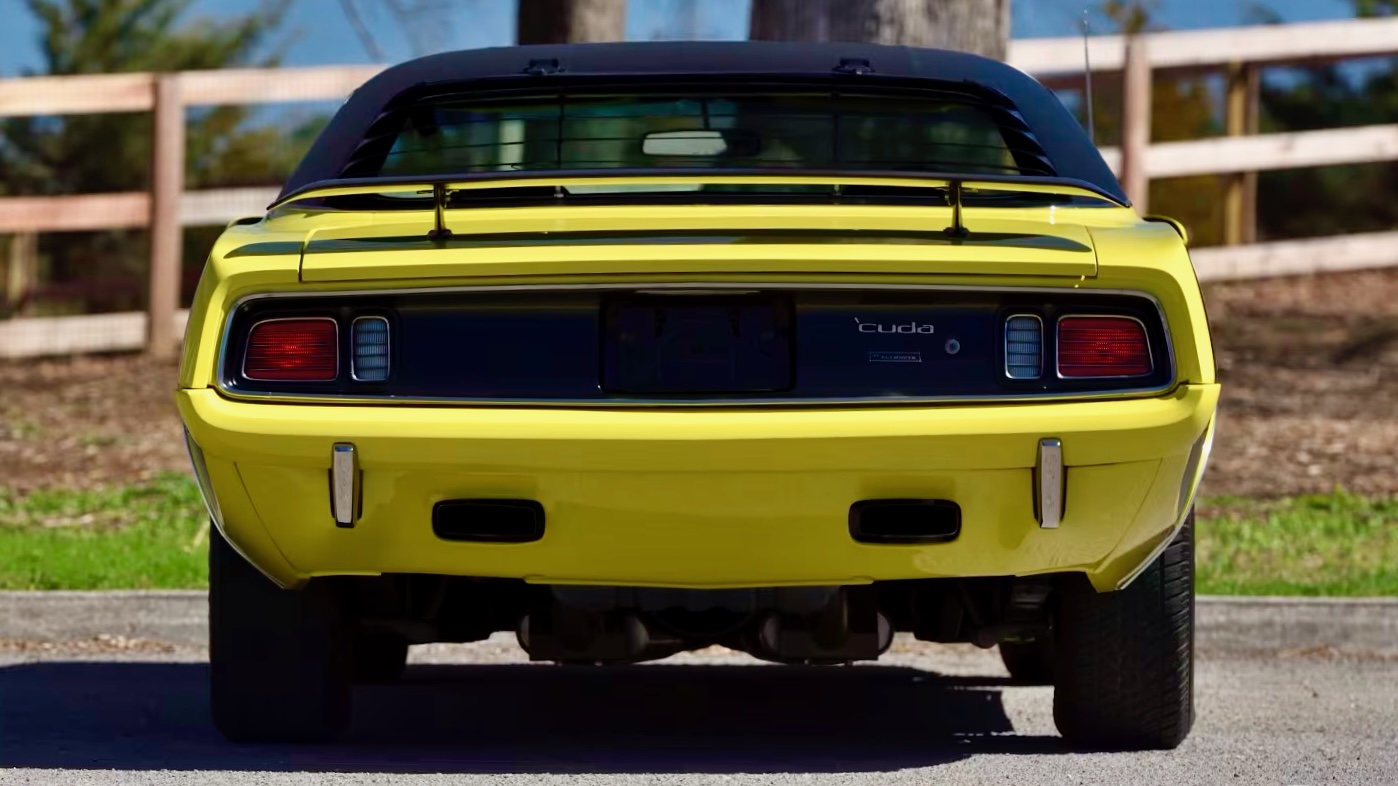
But this isn’t just a show pony; it’s a piece of automotive history. With its rare factory options and impeccable condition, this ‘Cuda represents the pinnacle of ’70s muscle car engineering. Whether you’re a seasoned collector or a die-hard enthusiast, this is your chance to own a piece of American automotive heritage.
If you want this sharp-looking ‘Cuda Hardtop 440, visit Mecum.com for more information on the car and how to bid on this incredible machine.

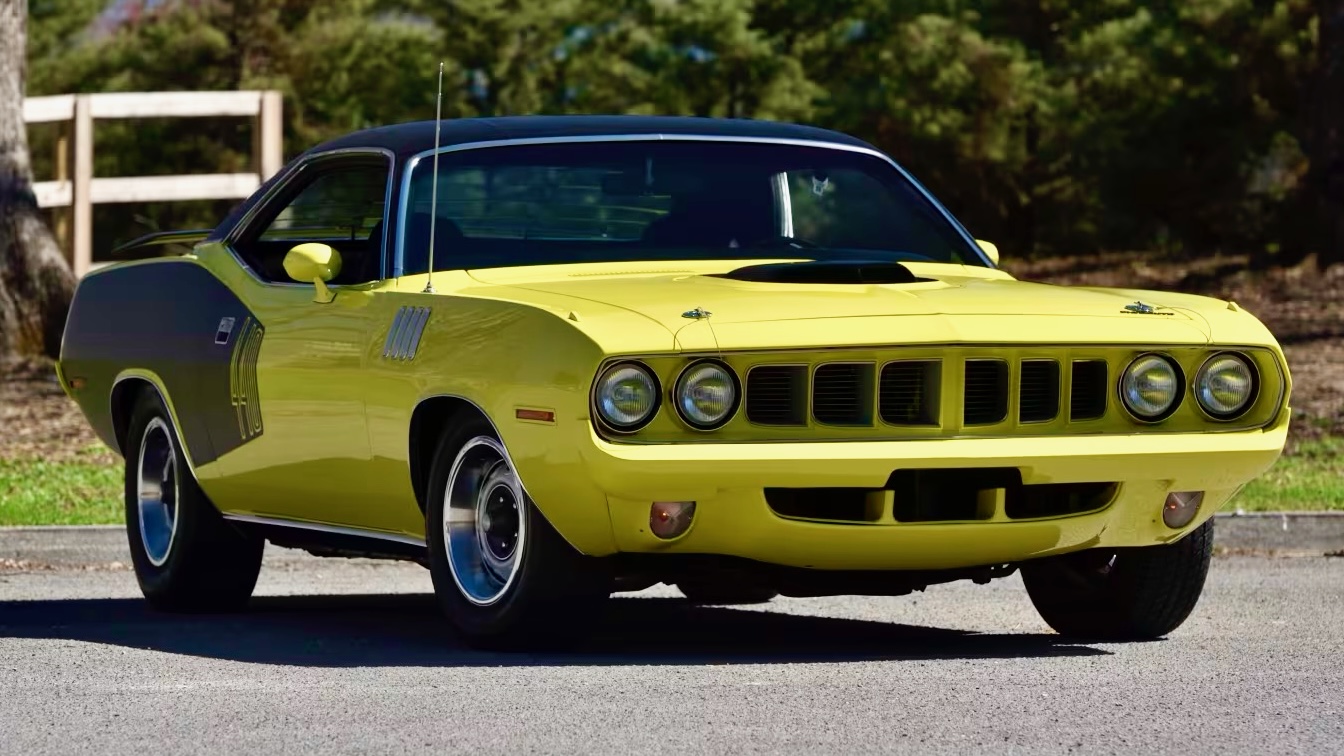
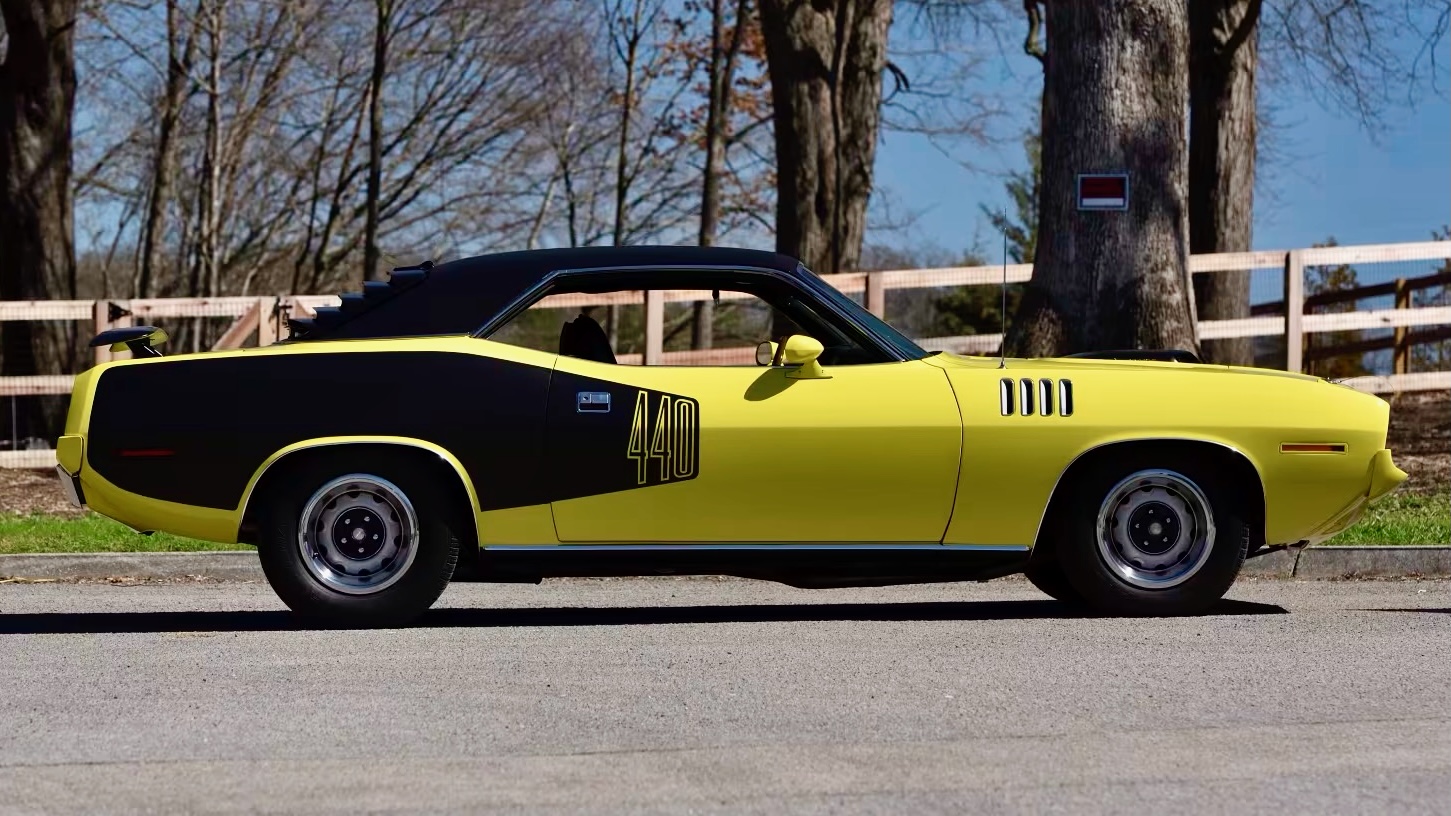
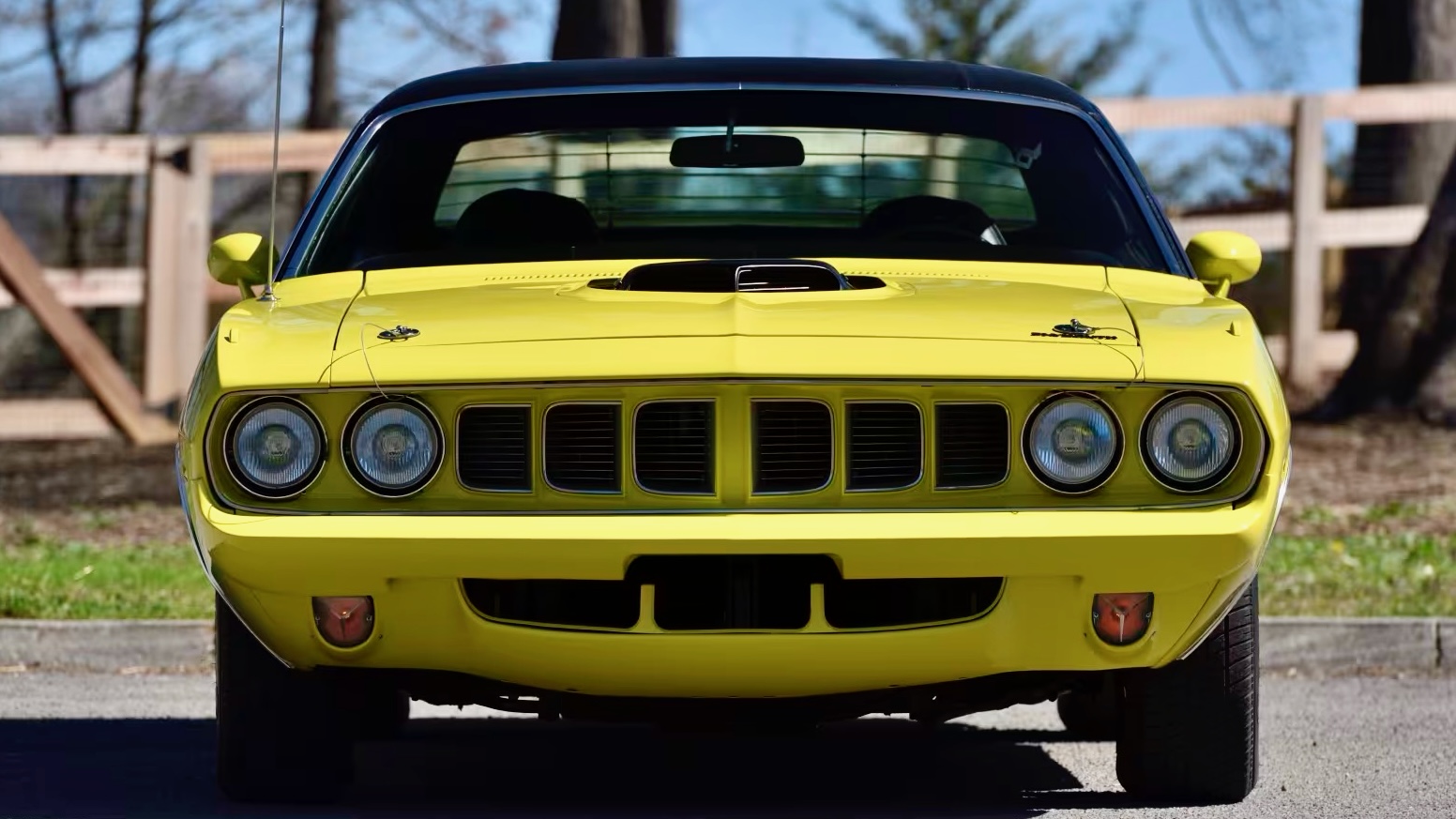
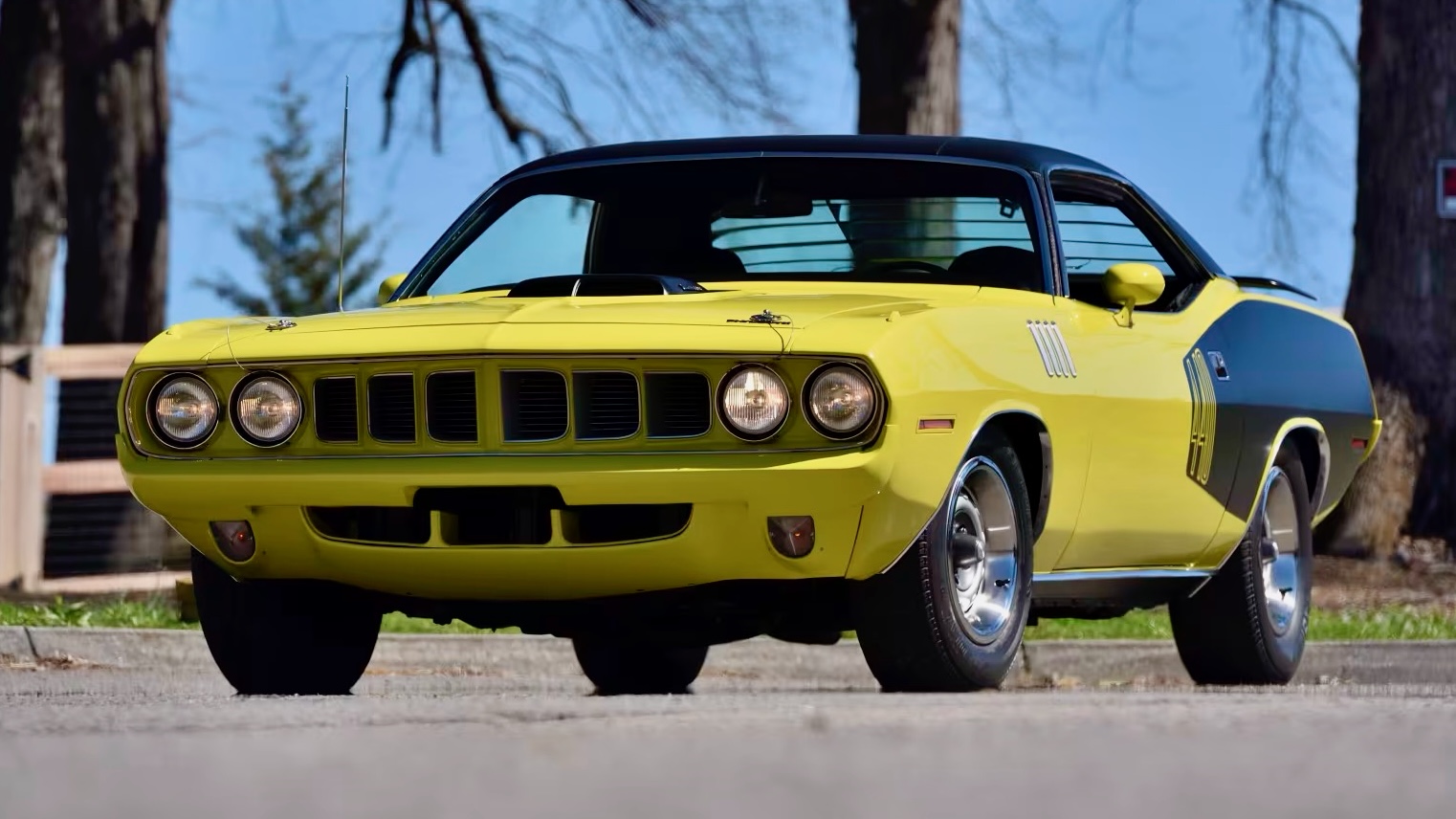
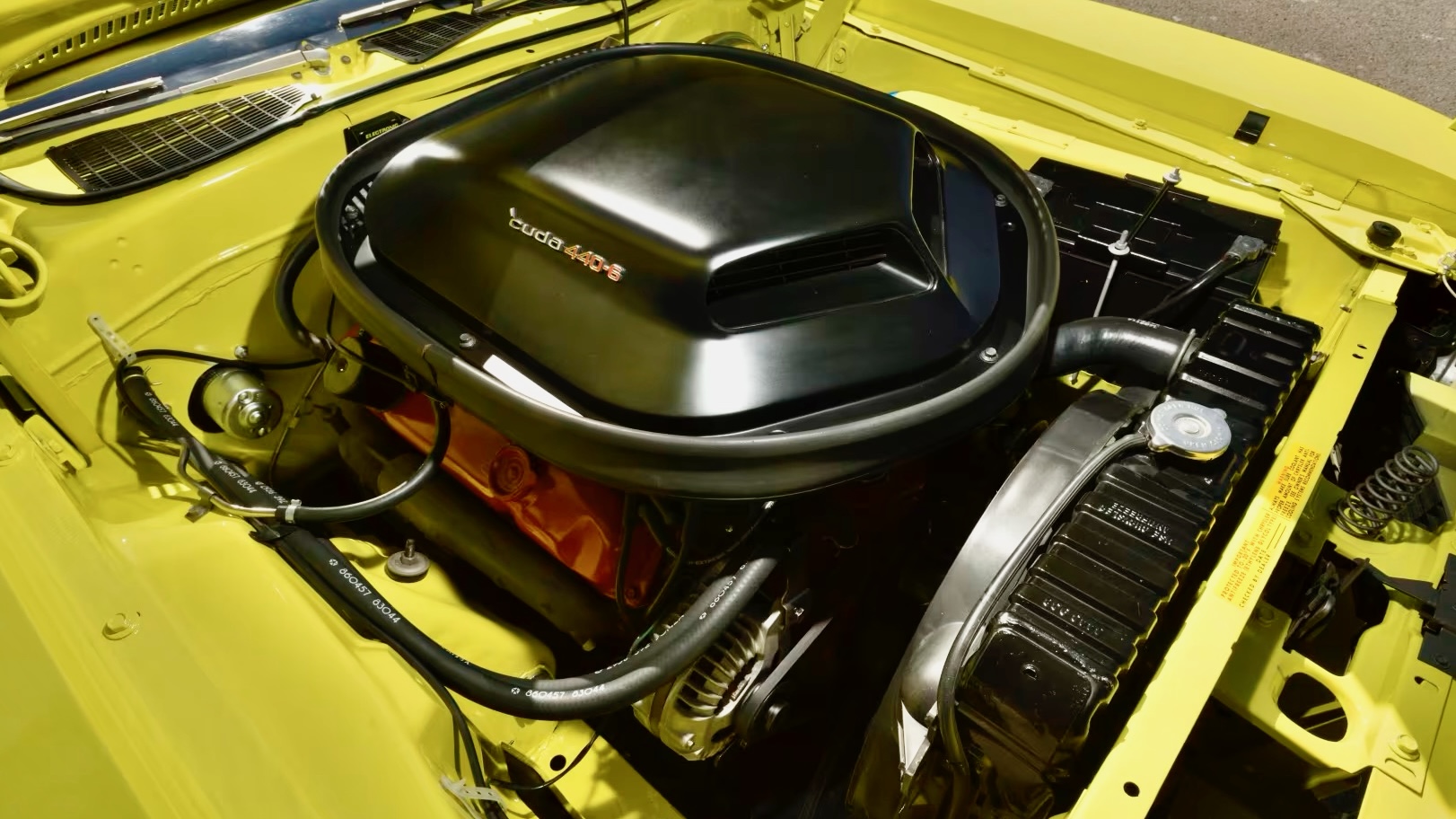
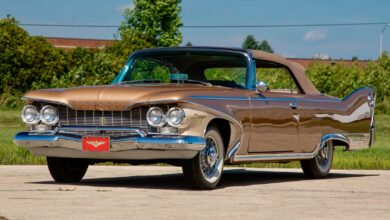
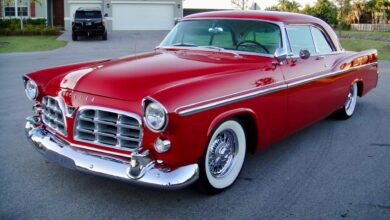
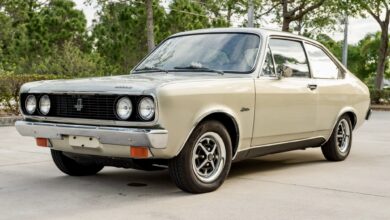
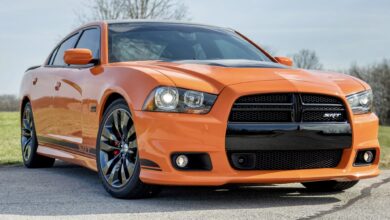
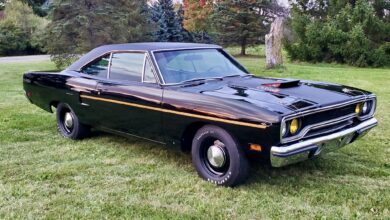
1 reply
Loading new replies...
Join the full discussion at the Mopar Insiders Forum →